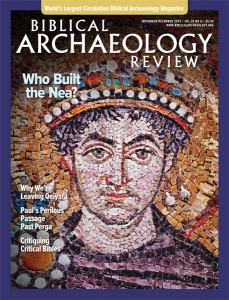Strata: The Bible In the News: The Royal Treatment

What do Sargon II, Nebuchadnezzar II and Cyrus the Great have in common? They all ruled ancient kingdoms (Assyria, Babylonia and Persia, respectively), appear in the Hebrew Bible, and—for our purposes—figure in popular culture as reflected in newspapers throughout the world.
Alas, none of them receives the “royal treatment” they were used to in their day. But, all and all, given the fact that they died more than 2,500 years ago, they’re not doing so badly.
Since Sargon, king of Assyria, is the oldest, we’ll look at his press references first. Well-enough known to be the namesake of some early chess-playing software (see, for instance, a Washington Post story dated December 7, 1978), Sargon II also merited mention by the British chief rabbi Jonathan Sacks (in a column in the London Times) as a successful ruler who “conquered many nations with strange tongues and incompatible speech and caused them all to accept a single voice.” And what other ancient monarch could be pictured as someone “who leapt from rock to rock like an ibex, then sat down on a rock and had a cold drink” (London’s Daily Telegraph)?
Alas, modern media do not allow Sargon to rest on such a lofty perch. A correspondent for the Irish Times speaks of the “famous winged bulls of King Sargon II [and similar artifacts that declared the monarch to be] lord of land, master of the skies, eternal emperor of the oceans …now forgotten everywhere but in the bright and sunlit rooms of the Louvre.”
Already a library member? Log in here.
Institution user? Log in with your IP address.

